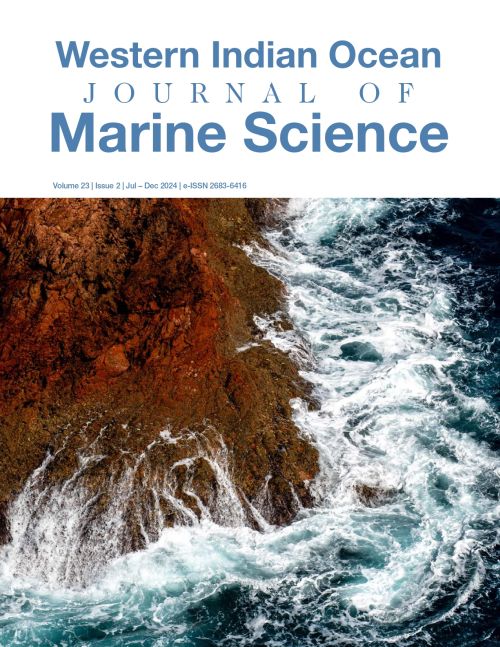Main Article Content
Uncovering the relationship between light intensity and Tripneustes gratilla (collector sea urchin): implications for aquaculture
Abstract
The sea urchin species Tripneustes gratilla has high aquaculture potential. It is known for using debris to cover itself, likely to avoid light, which suggests that high light levels may impact its production. This study aimed to validate these concerns through four experiments. The first experiment assessed if T. gratilla preferred opaque or transparent covering materials, finding no evidence that shading ability of the material influenced their choice (F(2, 33) = 0.27, p = 0.765). The second experiment investigated the impact of shade on the number of covering materials collected, showing that higher solar radiation correlated with increased material collection per urchin (H(3) = 7.844, p = 0.049). The third experiment evaluated righting response time as a fitness trial, finding that high light intensity reduced fitness to urchins acclimated to low light (H(2) = 5.615, p = 0.020). The fourth long-term experiment demonstrated that T. gratilla can acclimatize to higher light intensities, with no significant differences in fitness, mortality, disease susceptibility, growth, and gonadosomatic index (p > 0.128). While this suggests that shading may not be a strict requirement for T. gratilla aquaculture, it is recommended for consideration. These findings underscore the importance of acclimatization when altering light conditions for T. gratilla.







